50 golden years of lifesaving for the volunteers of Kinder Mountain Rescue Team
and live on Freeview channel 276
The group was formed in 1971 and is believed to be the only mountain rescue team named after a mountain and not a valley, town or region.
Mike Potts, team member and media coordinator, who has been with the group for six and a half years, said: “The team feel tremendously proud at being part of an organisation that has been saving lives for 50 years, but extremely humbled by the generosity of the public, whose amazing support and donations allow us to continue operating.
"Over the 50 years our skills have grown so much.
Advertisement
Hide AdAdvertisement
Hide Ad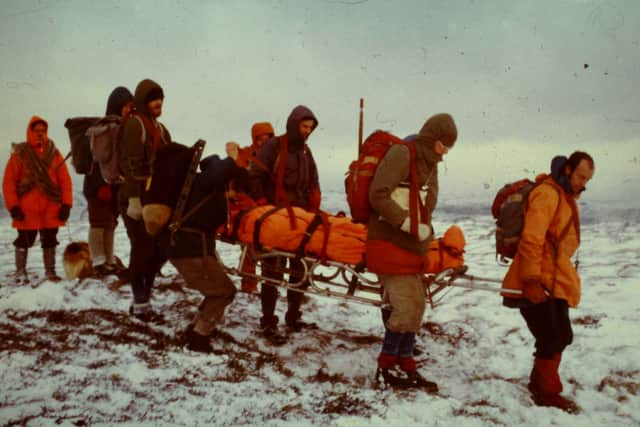

"We are the professionals who don’t get paid, the amateur professionals, but when we are out on a job we don’t have paramedics looking over our shoulder making sure we are doing everything right because they trust us and know we have the skills to save a life.”
Anyone who has spent much time on Kinder has seen the remains of the aircraft that have crashed on the mountain – from the Liberator to the Sabres. Most of these crashes occurred in the Second World War. In response to this terrible loss of life the RAF established rescue teams.
These were all volunteers, all servicemen and usually stationed near to the mountains such as Harpur Hill in Buxton who were the nearest team to Kinder.
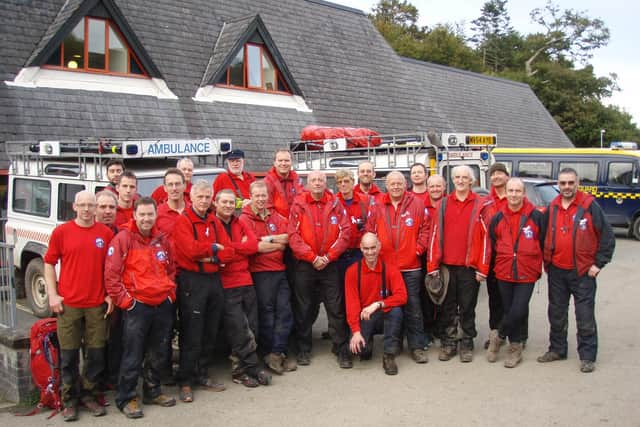

Then, in 1964 three scouts died in the Four Inns Walk tragedy. This demonstrated the need for a large number of skilled and experienced rescuers.
Advertisement
Hide AdThis was achieved by bringing together all the rescue teams under the single banner of the Peak District Mountain Rescue Organisation, PDMRO, which organises and controls operations.
Advertisement
Hide AdSmaller teams such as the New Mills and Sett Valley teams were encouraged to merge, and the Kinder Mountain Rescue Team was born in 1971.
Mike said: “What people don’t realise is just how much we do.
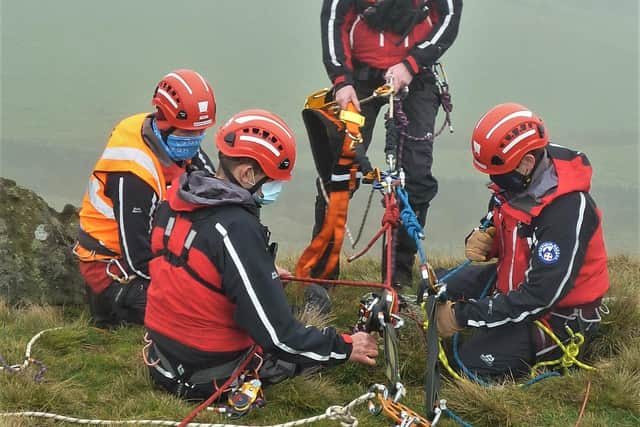

"The area we cover is very different. We provide assistance across Hayfield, Western Kinder, Marple and all the way down to the M60 so not only do we rescue lost and injured people off the hills but we also support the police with urban searches and have a water rescue team which works with the fire and rescue service.”
Advertisement
Hide AdThe team are no longer just assisting in local rescues but have been called upon for national states of emergency such as the Lockerbie disaster, the Cumbrian flooding in 2015 and more recently the Toddbrook reservoir crisis in Whaley Bridge, which quickly attracted attention from around the world.
Mike said: “We were called to help knowing that if the dam burst there would have been a wall of water 12 feet high and we had to be there not only to rescue people but to search for bodies which was a very sobering thought.”
Advertisement
Hide AdSince 1971 there have been a number of improvements in mountain rescue team operations from the use of helicopters to rapidly evacuate casualties to hospital to personal radios issued to every team member.
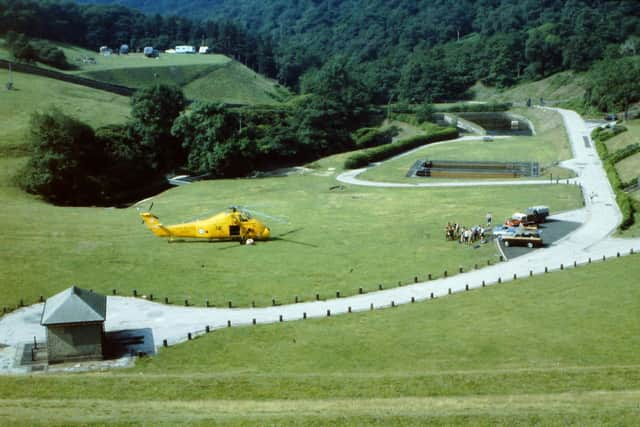

The basic first aid kit is consigned to history as nowadays hill parties set off with a casualty care kit containing drugs and equipment recommended by the Mountain Rescue Committee as well as oxygen, entonox and even defibrillators. Stretchers are becoming lighter and more versatile and LED torches shine brighter and last longer.
Advertisement
Hide AdMost of this gear would be unrecognisable to a KMRT member from 1971 but the dedication of the team members remains constant. Every member of Kinder Mountain Rescue Team commits to training and working with each other.
A team member said: “It doesn’t matter whether it is lashing down with rain, a howling gale, snow and ice or glorious sunshine, the men and women of Kinder Mountain Rescue Team have been saving lives in wild and remote places.”
The group say they can not celebrate the anniversary without mentioning Dr Peter Andrew, to whom the team remains very much indebted.
Advertisement
Hide AdPeter not only documented and published the early history of KMRT, he was also elected chairman of the PDMRO in January 1967 and in the early 1970’s, under Peter’s guiding hand the PDMRO structure was reviewed and changes put in place to reflect the current and future needs of the service.
Advertisement
Hide AdPeter steered and guided the mountain rescue service through many years, which saw major changes in both the constitution and construction of mountain rescue in England and Wales.
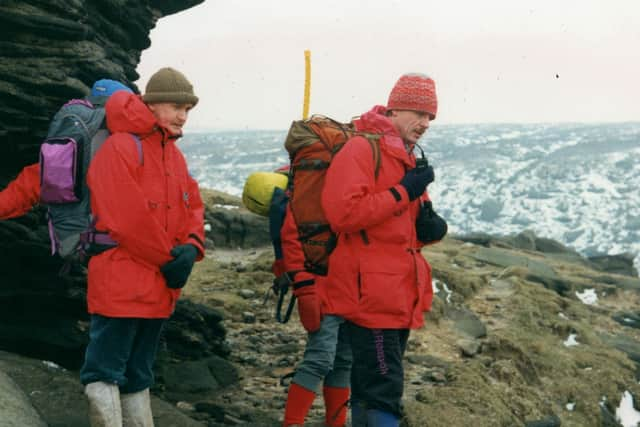

In 1996 Peter was awarded the MBE in recognition of his services to mountain rescue in England and Wales. Peter died in 2000, whilst walking in the Peak District, but his legacy lives on, say the team.
Mike said: “We have come so far but there is still a need for the service we provide if not more of a need.
"During the first lockdown last year we hardly had any call outs for months and it was great people were sticking to the rules and staying at home.
Advertisement
Hide AdAdvertisement
Hide Ad"But sadly by October last year we had surpassed the number of callouts we had in 2019 as people who had been stuck inside and couldn’t go on holiday were taking to the hills.
"It costs £30,000 to operate a year and with no government funding we have to find that money ourselves and with more callouts coming in that need will only go up.
"We had lots of things planned as fundraisers for our 50th anniversary but Covid has put a stop to that but our loyal fundraisers who are always looking out for us have stepped up which is great so thank you to them and a huge thank you to all our volunteers for every call out and every training session you do whatever the weather you and here’s to the future.”